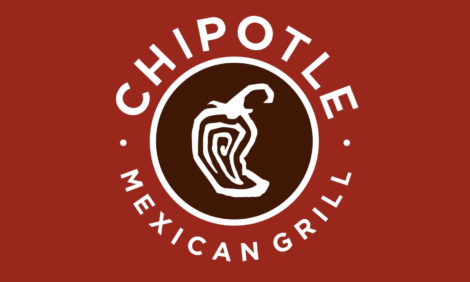



Pork Producers Did Not Panic
US - Here is some good advice: If you are in a crisis, DO NOT PANIC! Pork producers were facing a drought driven crisis late last summer. December corn futures had risen as high as $8.49 per bushel, December soybean meal futures had reached $540 per ton, writes Chris Hurt. Markets anticipated a fairly rapid period of sow liquidation which depressed the December lean hog futures price to $70 per hundredweight. The bleak outlook called for losses of as much as $50 to $60 per head in the final quarter of this year. A panic response might have been to cover substantial amounts of feed needs at record high prices, to forward price lean hog futures before the outlook worsened, or just sell out altogether.
Now that the damage from the 2012 drought is better known, those who did not panic are facing much smaller losses than was feared at the height of the crisis. Feed prices tend to reach peak prices around, or slightly after, the peak of the drought and then move irregularly lower through the marketing year. That pattern has been evident this year with December corn futures now near $7.40 per bushel and December soybean meal closer to $425 per ton. Lowering corn prices by $1 a bushel and meal by $100 per ton lowers hog production costs by about $12 per head.
Lower feed prices are important to the reduction in anticipated losses, but improved lean hog prices have been even more significant. December lean hog futures are currently above $80, which represents at least a $10 increase over drought-induced liquidation fears in early September. A $10 increase in lean hog prices means more than a $20 reduction in anticipated losses. Since early September, anticipated losses have been reduced by at least $30 per head with about 40 percent of the improvement coming from lower feed prices and about 60 percent from higher hog prices.
What happened to the feared sow liquidation and the size of the breeding herd? Weekly sow slaughter began to increase in early July and remained above year previous levels until mid-October. During this 14 week period, sow slaughter averaged four percent lerger than for the same weeks of 2011 and likely resulted in a reduction of about two percent of the sow herd. In the weeks since mid-October, sow slaughter has dropped below year previous levels as optimism for a much improved outlook in 2013 was unfolding. These reduced sow numbers seem consistent with a two to three percent reduction in farrowing intentions this fall and winter.
A return to profitability may be on the not-to-distant horizon by the spring of 2013. There still are losses to sustain for the rest of this year and the first quarter of 2013 when losses are estimated at about $15 per head. But live hog prices are expected to increase enough to reach breakeven by early May 2013 and provide for positive returns of around $10 per head in the second and third quarters. Lower feed prices late next summer are expected to sustain a profitable industry into the fall of 2013 and winter of 2014.
If US and world crop yields are closer to normal in 2013 the pork outlook should brighten and thoughts of expansion will begin in the late summer of 2013. Some producers may want to "jump the gun" and get expansion started in the spring of 2013. However, one glance at the current "Drought Monitor" tells us that normal yields in the US for 2013 are far from assured. This uncertainty should keep most producers from expansion fever until the crops are more nearly assured in late July and August.
While pork producers are beginning to feel that the worst is behind them, the 2012 losses will leave an imprint in the form of reduced equity. Estimated losses for 2012 are about $17 per head. The most severe losses of nearly $30 per head came in the last-half of the year as drought drove feed prices upward and weakened hog prices. Pork producers who entered the drought in weak financial condition have had to rely on cash infusions from lenders. To their credit, lenders have generally supplied that capital and recognized that his downturn would be intense, but short.
The era of high feed prices has been difficult for all of the animal production industries including pork producers who lost money in three of the last five years: 2008, 2009, and again in 2012. For those that did not panic, it now appears the sun will rise again and the dawn of profitability will once again return.






